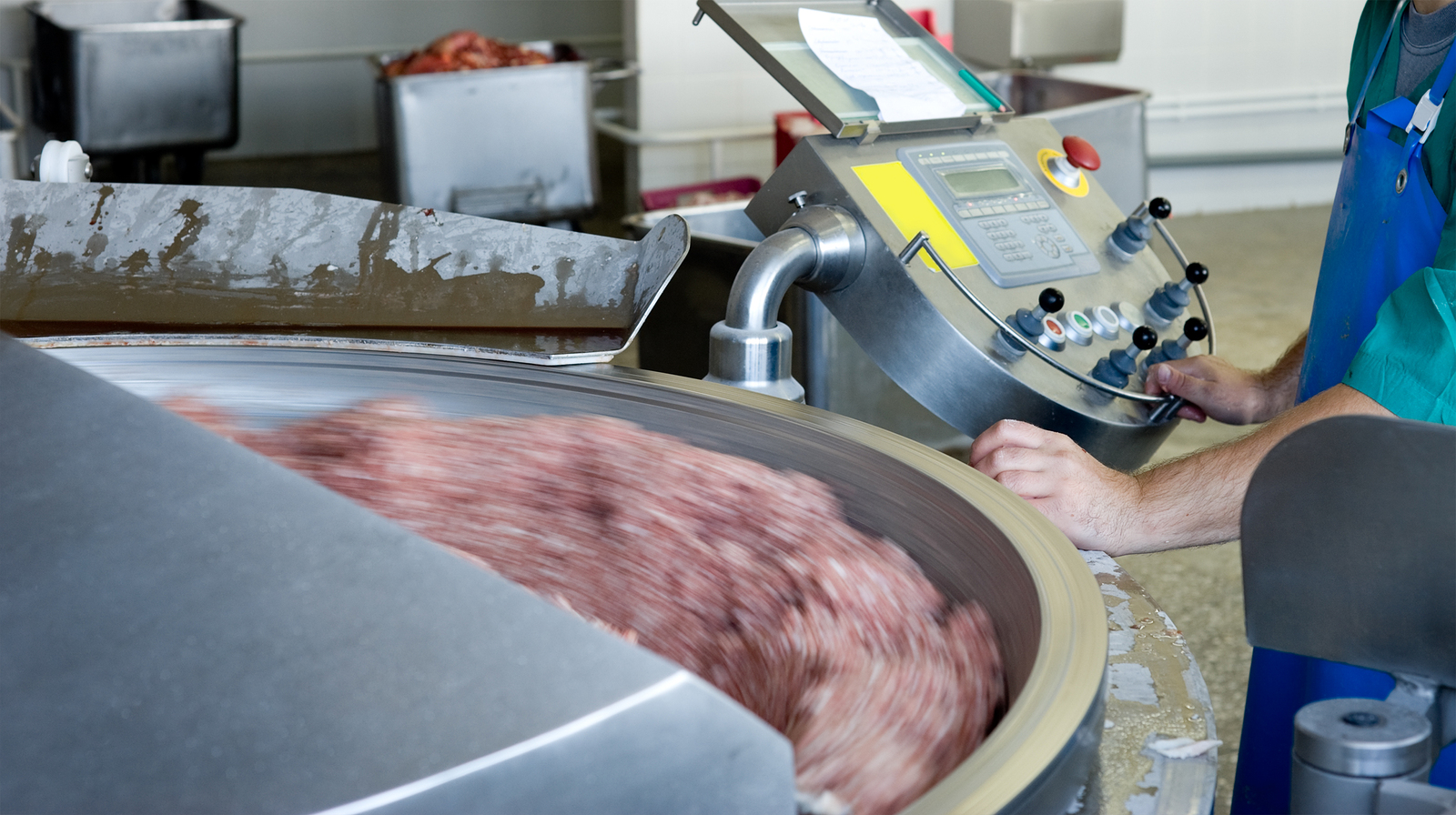
Nowadays, food processing equipment are in high demand for food and beverage companies so as to render quick service to the customers. So, many of these companies are investing in modern equipment to meet this demand, and maintain consistency in product quality and safety standards. According to the researchers, the topmost imminent trends of the food processing machinery market are streamlined machinery design and production process, emergence of contract manufacturers and last but not the least, maintenance and operation optimization. Lumar has delineated these trends below.
- Streamlined machinery design and production process
The food companies are emphasizing more on enhancing the production rates, reducing the number of line workers, minimizing the changeover times between the runs, easing on the clean up and sanitation, enhancing the food quality and the ability to produce variety of products on the basis of type and size. This has led food processing companies to focus on producing effective machines. They are also duly focused on improving the performance of the machinery by designing them in such a way that is specific to different applications. New machinery is more productive than the older. They are also much cost effective to run and maintain and assist to improve the ROI.
- Emergence of contract manufacturers
Food processing companies are collaborating with contract manufacturers to cut down on the overhead costs, stay competitive in the market and maintain consistency. They help in providing manufacturing services to the food companies. They produce the agreed upon product with the help of their processing procedures offered by the company. And in this way, food companies can focus on marketing their food products instead of processing.
- Maintenance and operation optimization
Food companies are emphasized on operation optimization in order to stay competitive in the market. As the processes are improving, manufacturers can achieve efficiency which further helps in reducing costs. Many manufacturers are building standard design product with a wide variety of options that are tailored in order to meet the specific needs. This process eliminates the lead time and offers consistent design for machine expansion and imminent maintenances. Automation systems and asset management programs assist in enhancing the plant efficiency, product quality, safety, hygiene, profitability and overall operator environment significantly. Optimization of operations and maintenance tasks help in increasing the production speed that contributes to safe and ergonomic work surroundings.





